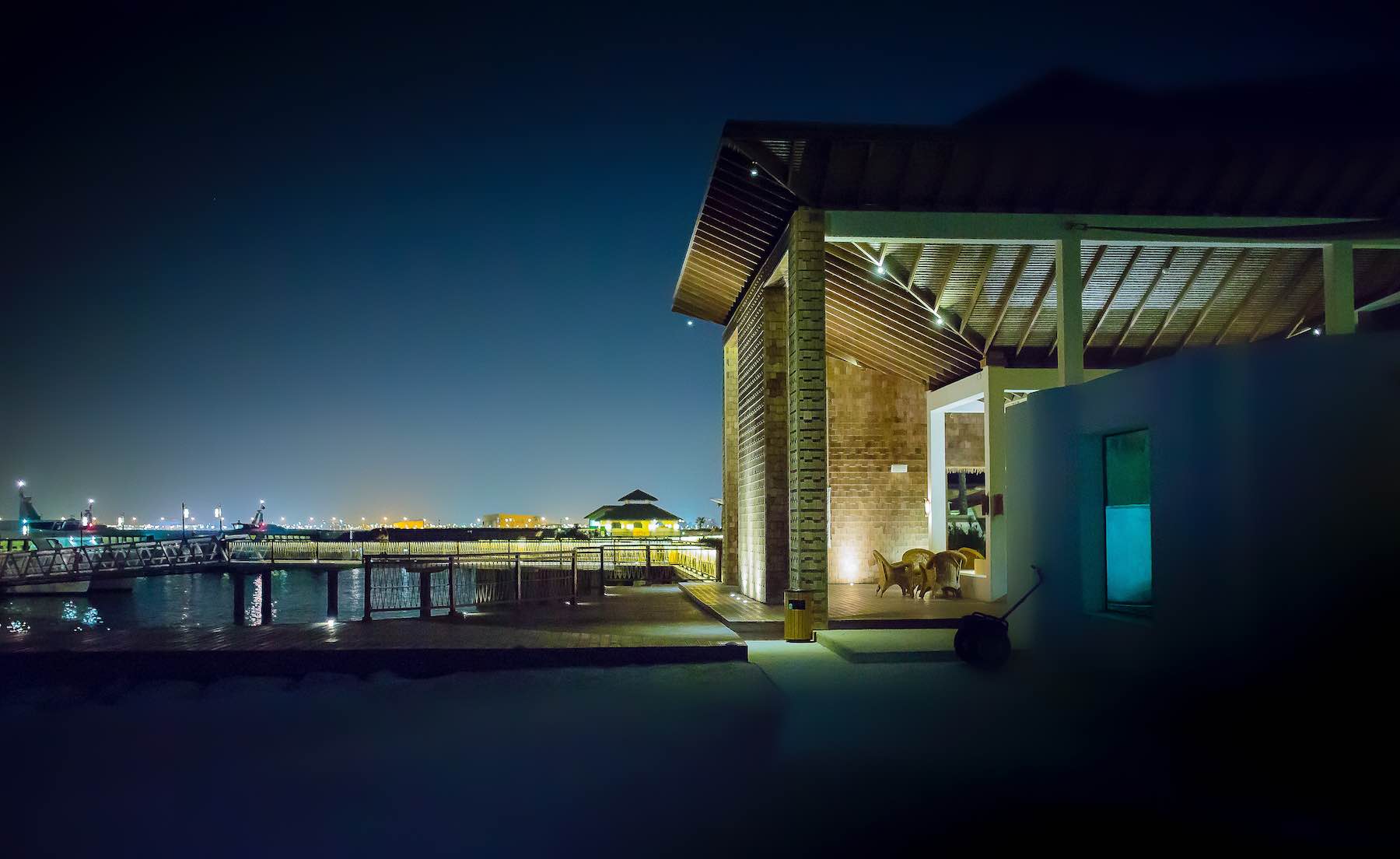
But what about the costs? Often, people tend to think about saving up for a deposit without truly understanding the full cost of buying a home. There are other charges and fees due before truly calling a property yours. Outlined below are all the typical costs, fees, and charges you should be aware of before saving up for a deposit or when going house hunting.
1. Deposit
This is the biggest cost of buying a property. Saving for a home deposit takes a lot of discipline and sacrifices, whether it is packing lunches and cooking dinners at home or choosing to stay put and forego traveling for the next 5 years.
The general rule is you need 20% of the cost of the property. You may be able to borrow with as low as a 5% deposit, but this is highly dependent on the banks and your financial score. Your score gets better the higher your income, the more assets you have and the less debt you take on.
You can still get a home loan if you have saved up less than 20%, but there is an extra cost you will incur, which brings us to the next item.
2. Lender’s Margin Insurance (LMI)
LMI is an insurance taken by your financial lender to cover them in case you default on your loan. This cost is only due when your deposit is less than 20% because you will be taking on a bigger loan. Thus, the chances of you making a default increases.
The actual amount depends on individual banks and the amount of deposit you have. For example, a deposit of 10% will incur a higher LMI than a deposit of 15%. Check with different banks to estimate a ballpark figure.
The good news is that most banks will let you add the LMI cost to your mortgage, but it means your loan will be bigger and your repayments higher.
3. Bank Fees
There are usually additional charges by the bank when you obtain a loan. This includes an application fee for a new loan and other admin fees. You may also have monthly or annual charges such as account keeping fees or loan package fees depending on the loan structure you take.
4. Stamp Duty
Stamp duty is a state based tax when you buy a property, and the cost varies state by state. It also depends on the purchase price, the purpose of the purchase whether you are buying for investment or for you to occupy, and the location of the property.
You are entitled to a stamp duty discount if you are buying a home for your residence. This discount does not apply to investors. There’s also a $10,000 grant if you are a first home buyer purchasing a brand new home.
For foreign buyers, it is more expensive as there is an additional cost called foreign buyers duty. Check out stamp duty calculators online for an exact figure.
5. Registration for land transfer and mortgage
This is a small fee for administrative duties to register your loan and transfer the land to a new owner. Sometimes, it is lumped together as part of the stamp duty.
6. Conveyancing Fees
With any real estate deal, you will need to hire a conveyancer to handle all the legal aspects of the purchase and land transfer. A mortgage broker will be able to connect you with one, or they will use their trusted conveyancer to handle the purchase from start to finish. The fees range from a few hundred to more than a thousand dollars.
7. Council Rates
The local council normally requires buyers to pay their rates when they purchase the property. If you are buying at the start of the financial year, you may have to pay rates upfront for up to 12 months. If you are interested in a suburb, check the local council rates to gauge the amount you must pay on the settlement date.
8. Building and Pest Inspection
Once you are keen on making an offer for a property, you may need to get a building and pest inspector to ensure the property is solid or to be aware of existing issues. If there are structural issues, you can bargain with the owner for a lower price as you will need to fork out money to fix the property. Or you may rule out the property entirely due to its issues.
An inspection is recommended for older homes because a 10-minute home inspection is hardly enough time to spot all the issues. If a property is brand new or still under warranty, you can save money by skipping the inspection.
9. Moving Costs
Once you’ve bought a property, there are moving costs to consider such as hiring a mover and connecting electricity and water at the new place. If you are currently renting, you may incur cleaning costs or even extra charges for breaking the lease early.
10. Maintenance and Repair Costs
If the property is in an unlivable condition, you have to fork out more money to make it good enough for you and your family or your tenants to stay. Cosmetic changes are usually less urgent and can be tended to when you have enough money to pay for it.
Conclusion
Some of the costs listed above can be added to the loan, depending on your bank and financial position. While that sounds tempting, remember that a bigger loan means higher monthly repayments and a higher interest cost throughout the lifetime of your mortgage.
You need to consider the pros and cons and assess your budget and lifestyle to see whether it is worth getting your foot in real estate earlier by taking on a bigger home loan. If in doubt, get in touch with a mortgage broker who can assist you with your situation and plans.





